ARTICLE AD BOX
The Trump administration wants states to take over the management of America’s national parks – something never before proposed by a U.S. president.
In its budget request for the fiscal year 2026, which is also proposing billions in crippling cuts to space, health, education, and other areas, the White House argued that the The National Park Service’s responsibilities “include a large number of sites that are not ‘national parks,’ in the traditionally understood sense, many of which receive small numbers of mostly local visitors, and are better categorized and managed as state-level parks.”
“The budget would continue supporting many national treasures, but there is an urgent need to streamline staffing and transfer certain properties to state-level management to ensure the long-term health and sustainment of the national park system,” the request said, also pointing out that many grants are already supported by state, local, and private efforts.
There are more than 430 national parks that span across 85 million acres, including every U.S. state and territory.
It is unclear what handing over park sites to states would really look like or which parks are deemed not to be national parks “in the traditionally understood sense,” but there are hurdles in the way of implementing such changes successfully.
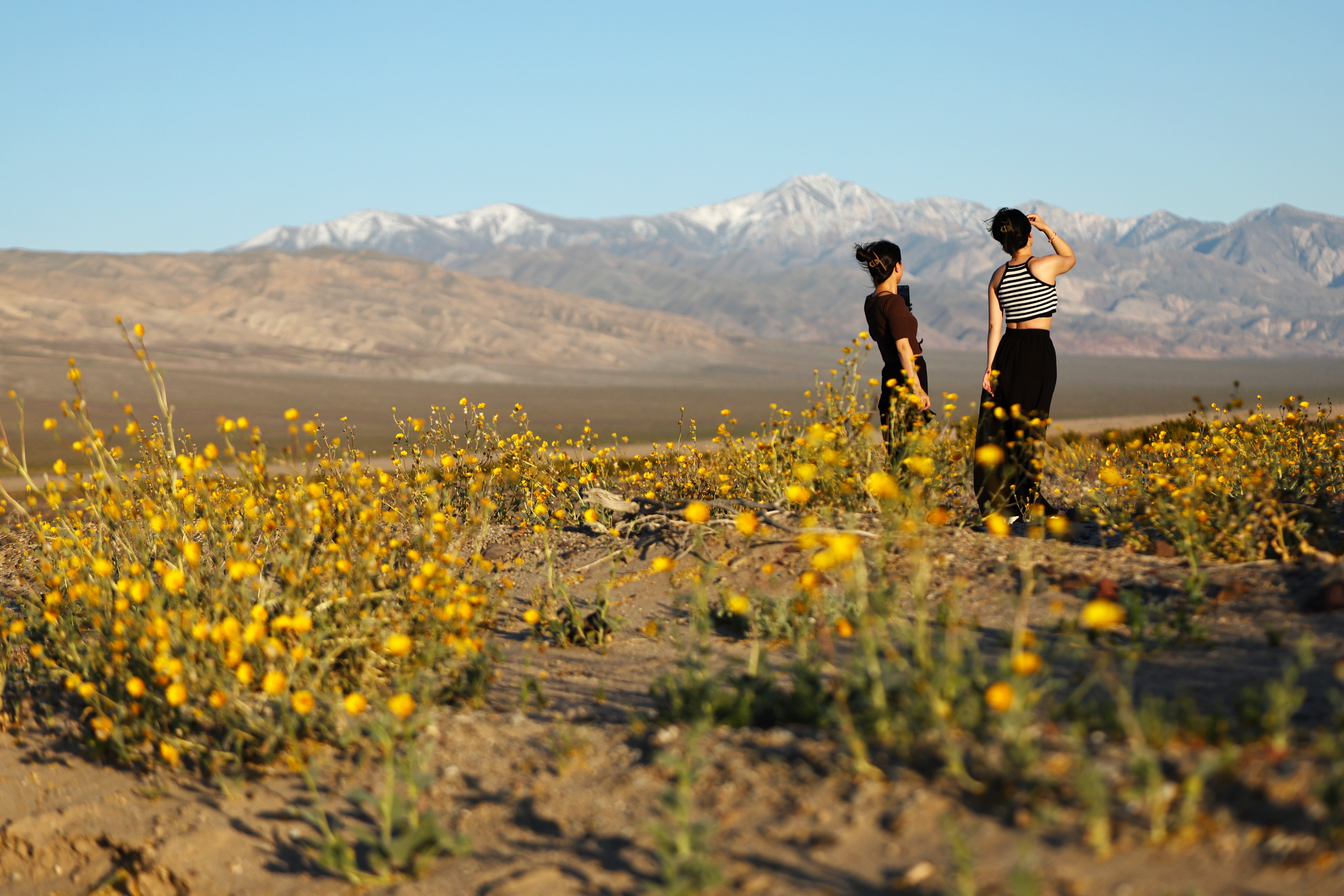
For one, some of the country’s most beloved parks span multiple states, which could complicate funding approvals and management. Yellowstone National Park extends into Wyoming, Montana, and Idaho. Great Smoky Mountains National Park – the most visited national park in the U.S. – is located in North Carolina and Tennessee. Death Valley National Park is in California and Nevada.
The NPS is also apolitical, so passing power to state officials could throw a wrench in critical and previously bipartisan work to protect the parks and the ecosystems they support.
Furthermore, there’s the question of money. Democratic California is home to nine national parks, the most of any state in the U.S. But, even its state parks took economic hits this year. Republican-led Montana, which has the most state parks, also has the smallest budget, when compared to its peer states in the Northern Rocky Mountains region.

“Many states don’t have the resources to maintain these parks and the federal government walking away from their responsibility would result in closed parks, safety risks, trails that are not maintained, and far fewer park rangers,” Emily Thompson, executive director of the Coalition to Protect America’s National Parks, said in a statement. “This will be disastrous for not just visitors and resources, but local economies who depend on park tourism as economic drivers.”
Notably, the budget proposal also comes amid a push to privatize public lands, and fears about opening national parks and other habitat for the Trump’s administration’s plans to revive greenhouse gas-producing energy.
The Environmental Protection Agency just announced its plans to expand a uranium mine in Wyoming and the Interior Department has taken steps increase hunting access on public lands, to fast-track mining in multiple states, transfer federal lands to the Army, and increase oil and gas reserves in the Gulf of Mexico. New efforts announced by NOAA to mine seabed minerals would violate international law, according to China.
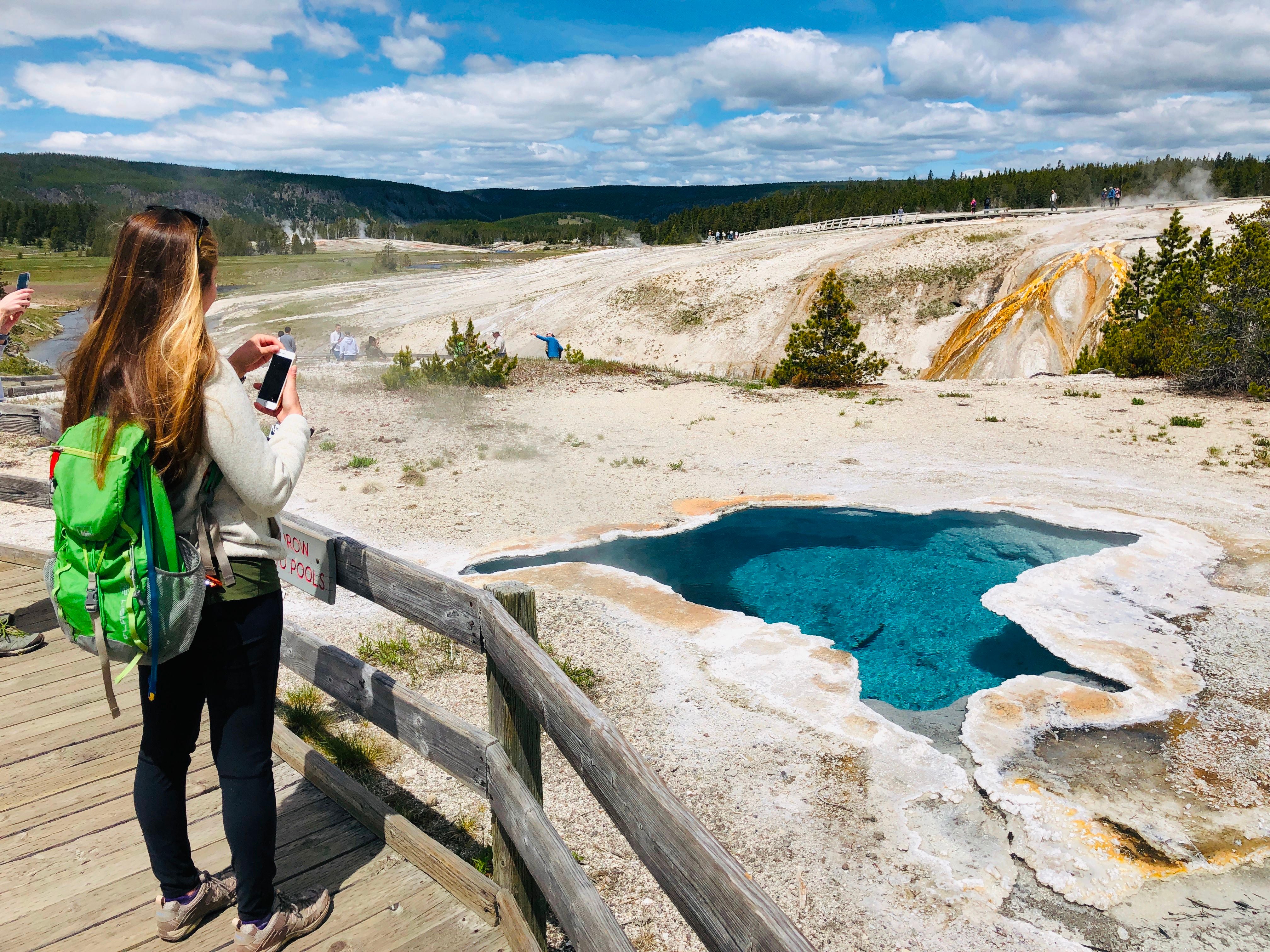
But, there’s even more that the Park Service needs to worry about.
The administration’s plans came alongside a proposal for the largest budget cuts in the National Park Service’s 109-year-old history, announcing it could slash more than $1 billion. This year has already seen a 6 percent cut. Parks and conservation non-profits say the impact of those cuts would be devastating for national parks, which were already underfunded and short-staffed before the Department of Government Efficiency’s efforts to layoff crucial staff members.
“We do so much work protecting the place, and that’s the sort of stuff that is just going to get dropped,” Alex Wild, a fired park ranger, told The Independent earlier this year.
Some workers have been reinstated follow recent court orders, but employees have since been asked to help determine whether they should be fired, according to SFGate.
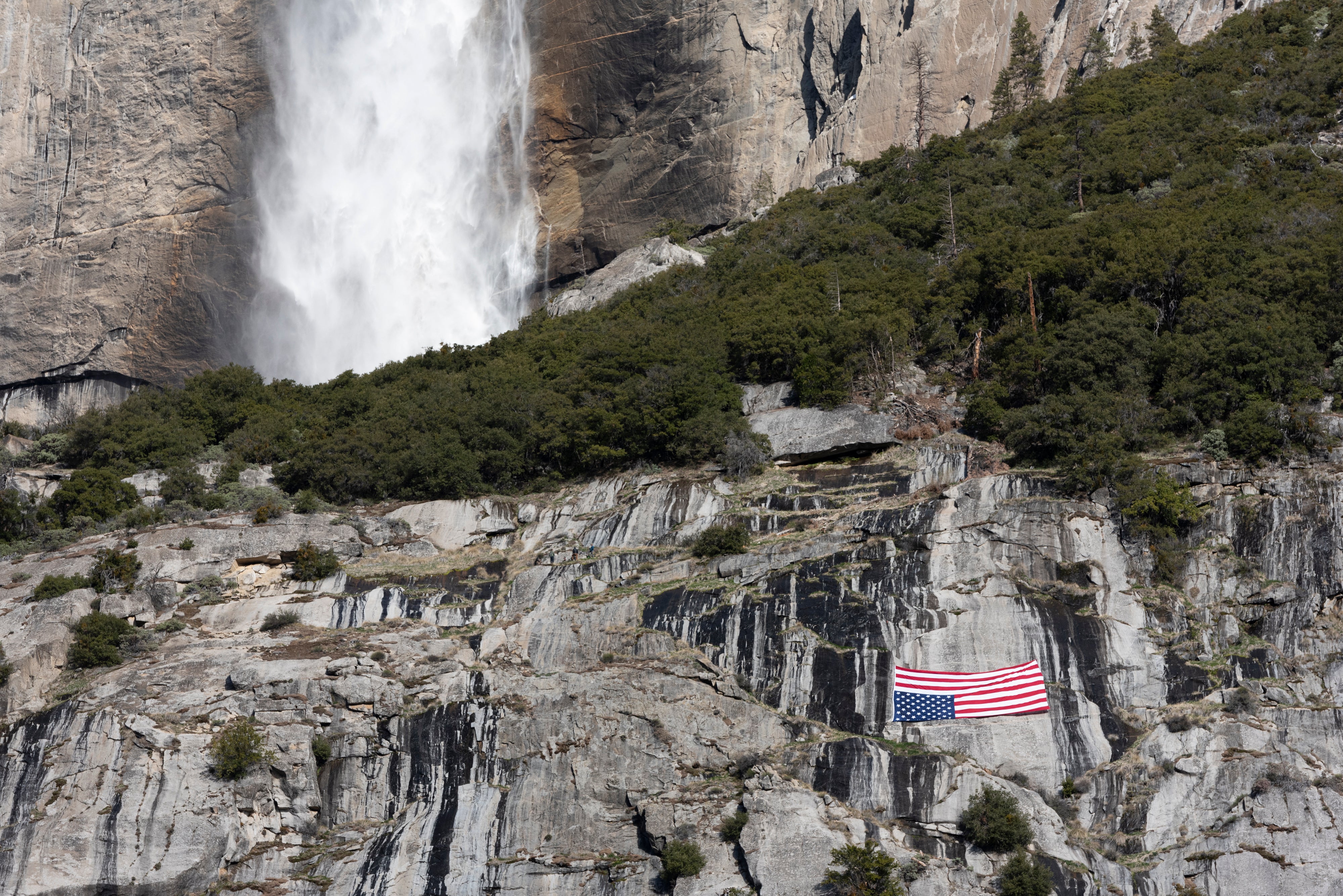
Whatever happens with the states, staff and budget losses are “nothing less than an all-out assault on America’s national parks” following a record-breaking year for visitorship, according to National Parks Conservation Association CEO Theresa Pierno. With a major workforce reduction “looming” on the horizon, she predicted that “the worst is yet to come.”
“The Park Service is our nation’s greatest protectors and storytellers. And our more than 430 national parks are our nation’s greatest legacy. Any effort to hand many of these sites over to the states is a betrayal, and the American people won’t stand for it.” she said.

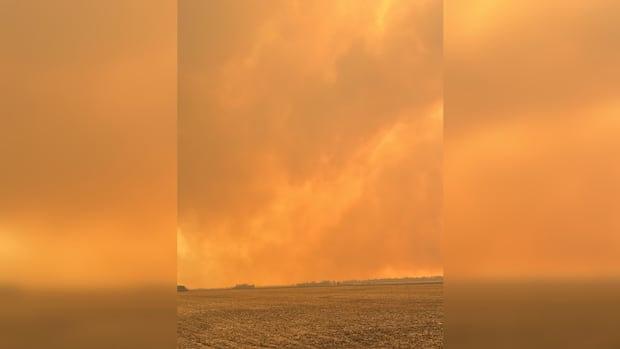

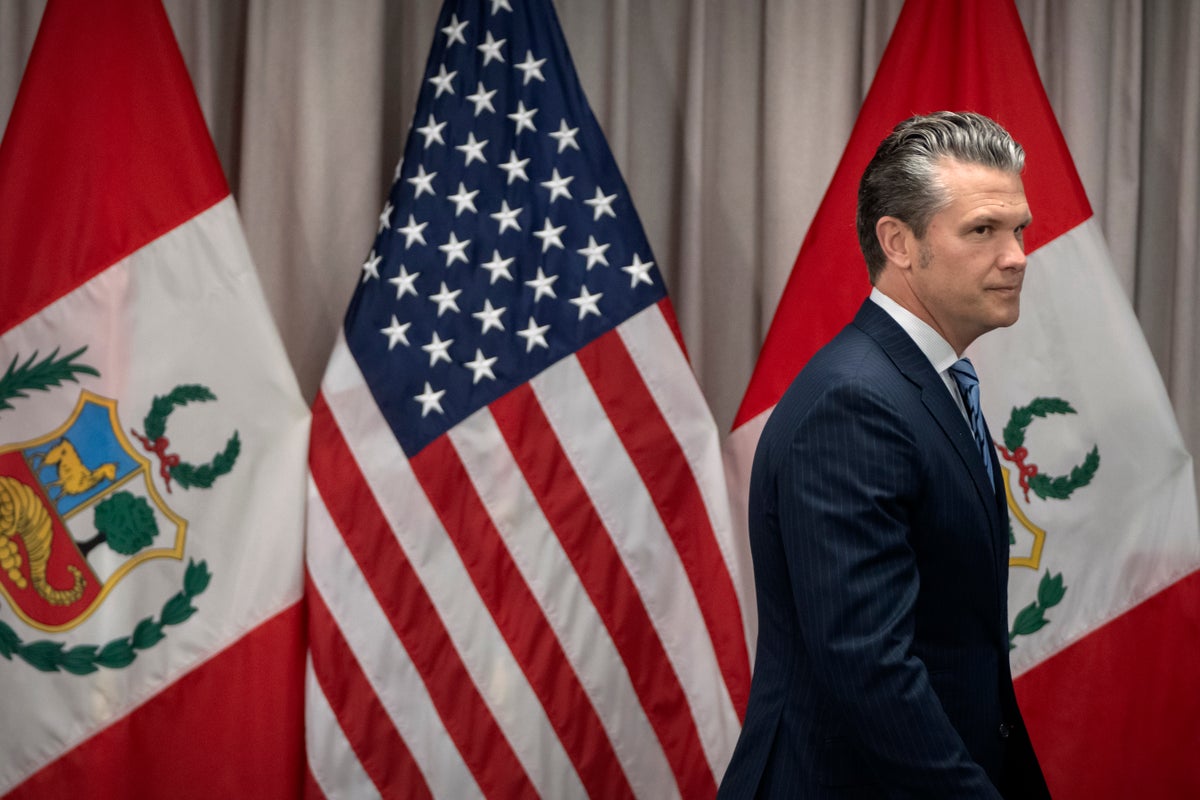





 English (US) ·
English (US) ·